Earlier this year, a report from climatologists around the world made it clear that climate change is happening now and that it is almost entirely a result of human behaviour. This is not a controversial conclusion and it is not hard to explain how the report’s authors arrived at it.
First, independent observations — from the ocean to the atmosphere, from poles to tropics — all show rapid and significant warming over the past century, particularly over the past few decades. Human activity has simultaneously caused a 50 per cent increase in carbon dioxide concentrations, a more than doubling of methane concentrations, and the appearance of multiple synthetic gases, all of which are potent greenhouse substances.
Who is responsible? Over the past 170 years, carbon dioxide emissions have been led by the United States, followed by China, Russia, and the UK in eighth place. It’s worth noting, however, that UK emissions have fallen faster since 2010 than those of any other major economy.
Even before the warming was distinguishable from the weather, scientists had predicted these increases in greenhouse gases would have some profound effects, namely glacier reduction, the warming of the Earth’s surface, ocean temperatures increasing and sea levels rising.
Scientists have looked at what else could be causing global warming — the sun, volcano eruptions, wobbles of the Earth’s orbit, ozone depletion, air pollution and deforestation. But when it comes to the plus 1ºC global trend in warming, only the human-caused effects — the greenhouse gases, moderated partially by cooling from air pollution — fit the evidence.
The global warming we’ve seen so far is contributing to extreme weather worldwide. Heatwaves are becoming more frequent and more intense; rain is falling harder by about 7 per cent for every degree we warm; and when there are droughts, they are becoming more intense, with decreases in soil moisture 10 to 30 per cent greater. These shifts are being recorded in most of the places where the data is good enough. The changes in Arctic sea ice (more than 40 per cent loss in September compared with the 1980s), mountain glaciers (280 billion tons of ice loss per year in the past decade which is unprecedented in millennia) and the Greenland and West Antarctic ice sheets (which combined are losing more than 400 billion tons of ice every year) are large and significant at only 1ºC warming.
Future ice loss and ocean warming (and hence rising sea levels) is assured, since the system is far out of energy balance. This means that more heat is absorbed by the Earth than lost. Projections of temperatures and rainfall suggest that, under a wide range of plausible scenarios, further warming is guaranteed. These changes are happening now, not in 20 or 50 years, and not to our grandchildren, but to us.
Some might be wary of basing decisions on climate models — especially given the problems forecasting the pandemic — but it’s important to realise that most outcomes depend on the overall trend and not the fine-scale details of any given model. The track record of climate models going back to the 1970s shows they have skilfully predicted the trends of the past decades.
However, the models forecast one important effect that isn’t very well recognised: how much we warm from now on is a simple function of how much carbon dioxide we emit. At the point when our emissions are balanced by our removal of carbon dioxide (this is what ‘net zero’ is), global warming will pretty much stop.
The topic of discussion in Glasgow is on how we can get to ‘net zero’. The rapid rollout of renewable energy and improving electrical grids, as well as cutting methane leaks and reforestation, are vital in the short term. Meanwhile, more speculatively, advances in nuclear energy and the greater use of carbon capture and storage are possible in the medium term. Many of these transitions will cost money, although there are many benefits (in air quality, public health and crop yield) that will result in savings in avoided costs to health and human life — even before we assess the avoided damages from climate change itself.
The price of inaction is becoming more apparent. Hurricane Ida broke all records for rainfall intensity in the north-east United States, with insurance damages reaching £20 billion. Costs of adaptation are also growing: the project to protect Venice using flood barriers has topped £5 billion but is still not complete, and the Thames flood defences are projected to reach more than £3 billion through to 2050, and more than £10 billion by the end of the century. These are just efforts for two cities, but there are many changes that we will simply not be able to adapt to.
Some will take solace in the noisy rainfall records of a town in Sussex, or the sea level in Sweden dropping due to the loss of ice sheets 20,000 years ago, or poorly measured extreme temperatures in Death Valley in California. But those refugia for climate smugness are as endangered as the coral reefs and tropical glaciers. The latest United Nations report showed that the global changes are making themselves felt locally, and the denial of the changes and their causes is increasingly untenable. This should not paralyse us — it should shock us into action.
Got something to add? Join the discussion and comment below.
Get 10 issues for just $10
Subscribe to The Spectator Australia today for the next 10 magazine issues, plus full online access, for just $10.
You might disagree with half of it, but you’ll enjoy reading all of it. Try your first month for free, then just $2 a week for the remainder of your first year.

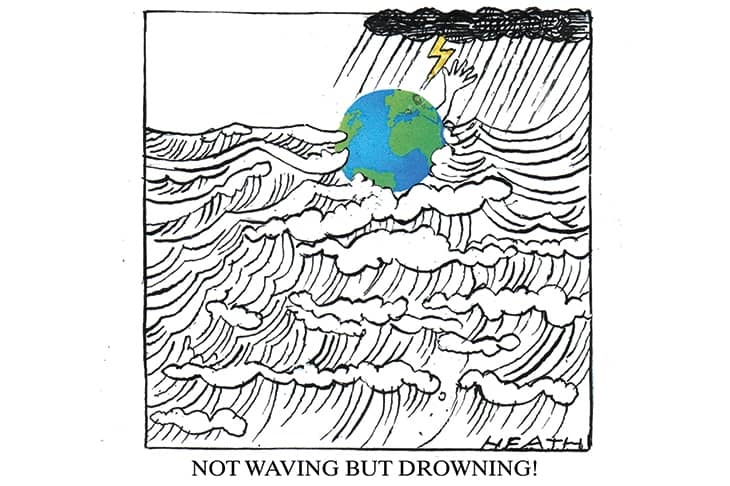
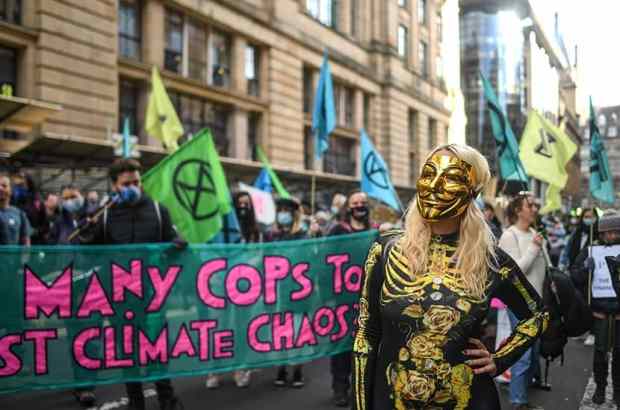
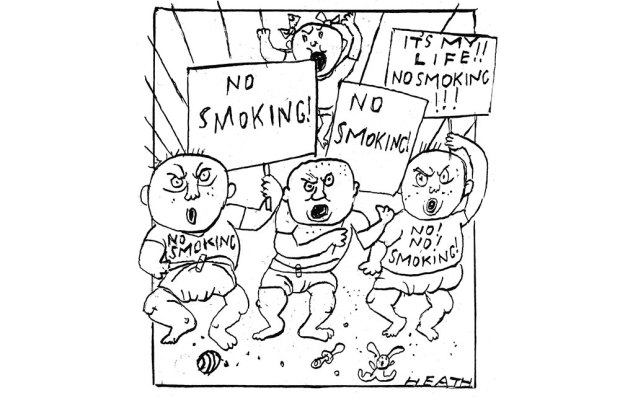


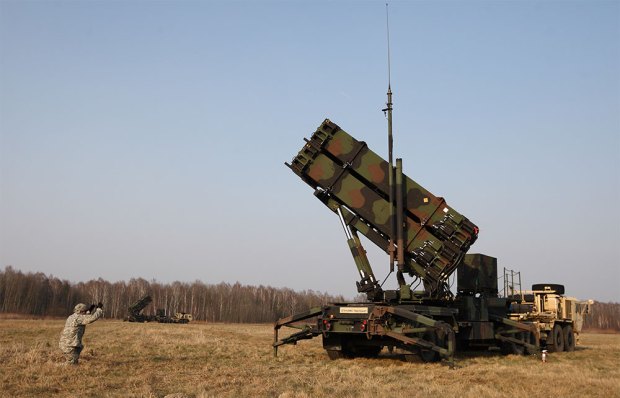
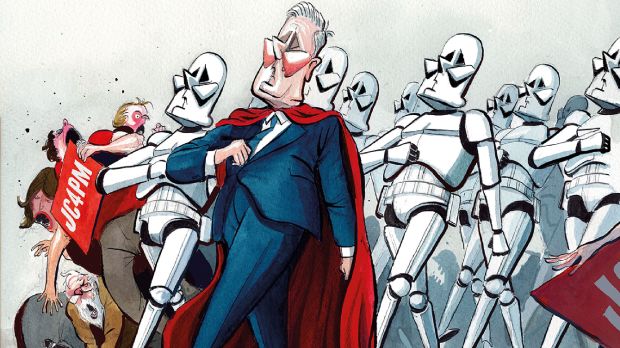






Comments
Don't miss out
Join the conversation with other Spectator Australia readers. Subscribe to leave a comment.
SUBSCRIBEAlready a subscriber? Log in